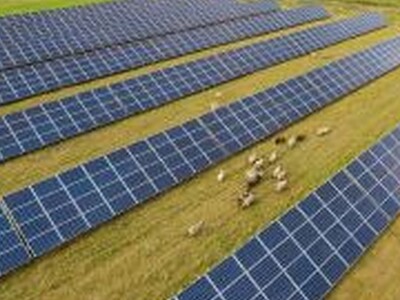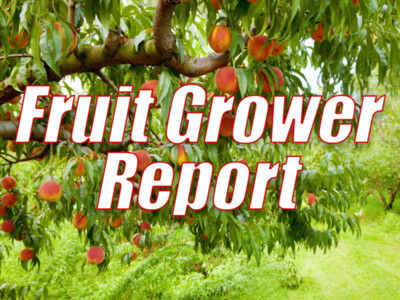Data From Regenerative Farming Practices

Tim Hammerich
News Reporter
Regenerative agriculture is not just for small scale farmers and homesteaders. Dr. Erin Silva works with producers across Wisconsin of all different sizes and goals. She says while the transition to regenerative practices can take time and effort, the payoff makes it all worthwhile.
Silva… “ Working with farmers directly, it's been truly inspiring to hear and see from the on-farm research we've done, the soil health benefits that are achieved from the adoption of these practices. Again, it may take several years to be able to see the full benefits, but to be able to go on to the farms and see the data that farmers have collected themselves through soil tests, as well as the data that we've collected in farms that have been long-term adopters of these different systems and hear their stories about how that has helped them in terms of being able to be better managers and being able to reduce their inputs. The data shows that with the integration of diversity and integration of cover crops, we do see better soil structure. We see better bulk density. We see better nutrient cycling. To hear the farmer stories about how that has actually impacted their farms really drives me to continue to look at how we can, through our research, be able to better be able to help guide farmers through this transition and allow them to successfully adopt these practices without compromising the production and economics of their farm.”
Dr. Silva’s research focuses on the biology and agroecology of organic crop management.












